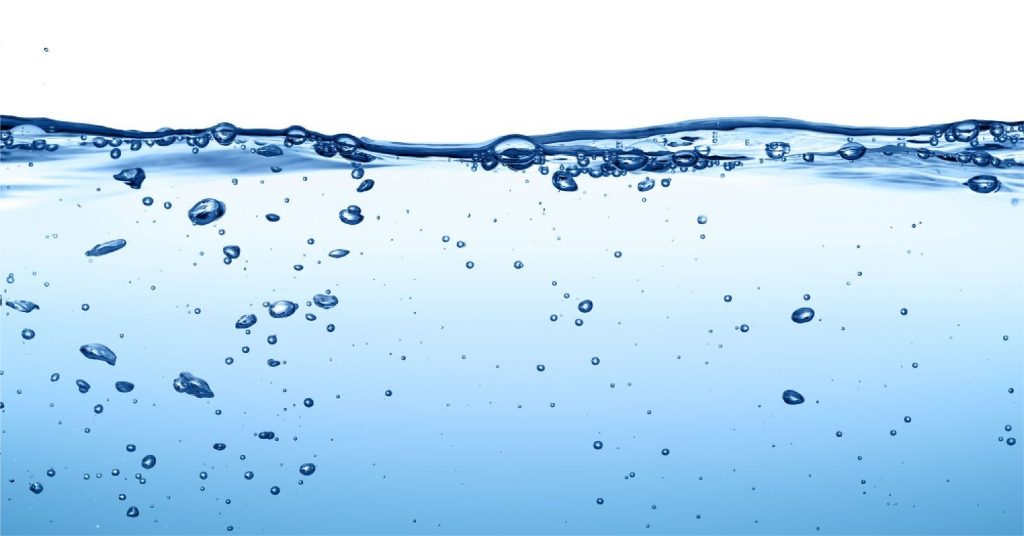Access to clean, pure water is essential in many industries and households across Indonesia. From healthcare to manufacturing, the demand for high-quality water is growing rapidly. In particular, demineralised water and distilled water have become vital components in sectors where water purity is crucial. Whether for use in pharmaceuticals, electronics, or even household appliances, understanding the differences between these two types of water can help businesses and individuals make better choices.
Demineralised Water: What It Is and How It’s Made
Demineralised water is water that has undergone a process to remove its mineral content, including salts, ions, and other impurities. Unlike distilled water, which is boiled and condensed to remove impurities, demineralised water focuses on the removal of ions that can interfere with industrial processes, making it an essential type of purified water in many sectors.
The role of demineralised water is primarily to reduce the mineral content in water, which can lead to scaling, corrosion, or other problems in sensitive equipment. In Indonesia, industries such as chemical manufacturing, power generation, and even automotive production rely heavily on demineralised water for their operations.
Demineralised Water Storage Tank
One important aspect of using demineralised water is ensuring its purity remains intact until it is used. This is where the demineralised water storage tank becomes crucial. These tanks are specifically designed to prevent contamination and maintain the water’s quality.
In Indonesia, industries that use demineralised water for sensitive processes must invest in high-quality demineralised water storage tanks. These tanks are often made from materials such as stainless steel, plastic, or fiberglass to prevent chemical reactions that could alter the water’s purity.
Is Demineralised Water the Same as Distilled Water?
While both types of water are purified, they are produced through different processes and have distinct uses. So, is demineralised water the same as distilled water? The answer is no. Distilled water is typically purer in terms of overall contaminants, while demineralised water is more targeted at removing only mineral content.
Another important characteristic of demineralised water is its pH level. So, what is the pH of demineralised water? The pH of demineralised water typically falls between 5.0 and 7.0, making it slightly acidic. This is due to the absorption of carbon dioxide from the air, which lowers its pH. If the pH is too low, it can cause corrosion in metal pipes or equipment, potentially leading to costly damage.
Demineralised Water vs. Distilled Water: Which is Better for Your Needs?
Choosing between demineralised water and distilled water depends on the specific needs of your industry or household. If mineral removal is your primary concern, demineralised water may be the better option, particularly in power generation or chemical manufacturing. On the other hand, distilled water is ideal for situations where complete purity is essential, such as in pharmaceuticals or laboratories.
What happens if you drink demineralised water regularly? The body might not receive the necessary minerals it needs to function properly, potentially leading to deficiencies. Moreover, demineralised water can be more aggressive in leaching minerals from your body and the materials it comes in contact with, such as pipes and containers. In Indonesia, where the mineral content in drinking water is crucial for maintaining health, demineralised water is not recommended for consumption unless it is properly re-mineralized.
Ion Exchange: Shaping Indonesia’s Water Purification Landscape
Ion Exchange offers a comprehensive range of water treatment plants, including standard packaged, industrial, and custom-built solutions for boiler and cooling water treatment. At the core of their approach is demineralization, a process that removes inorganic salts from water, making it suitable for industrial use. This high-flow system is designed to treat turbine and process condensate in thermal, nuclear, and process industries. Using strong acid cations and strong base anion resins, the system effectively converts dissolved salts into acids and removes them, ensuring high-quality demineralized water.
- INDION New Generation Swift Softener
- INDION Layer Bed Anion and Cation System
- INDION Elegant
- INDION Swift 5GX
- INDION Swift Plus Demineralizer
- INDION New Generation: Two-Bed Deionisers with Degasser Tower
Conclusion
Water purification plays a critical role in Indonesia’s industrial and healthcare sectors. Understanding the difference between demineralised water and distilled water is crucial for ensuring the right type of water is used for the right applications. While demineralised water excels in industries that need mineral-free water, distilled water offers the highest purity level for sensitive applications.
Connect with the specialists at Ion Exchange for expert guidance on water purification technologies in Indonesia.


